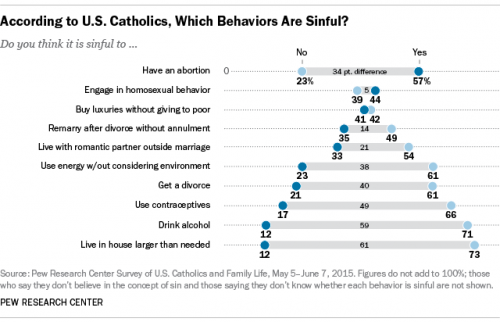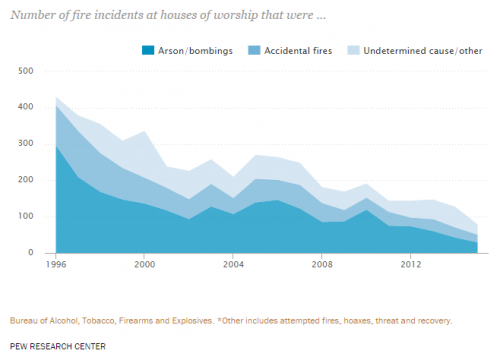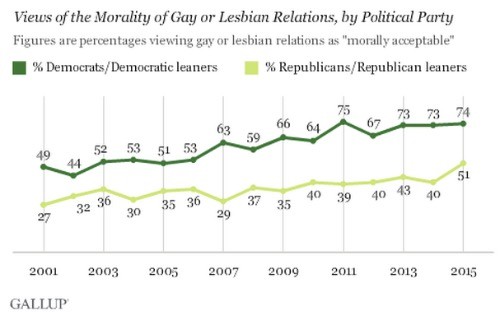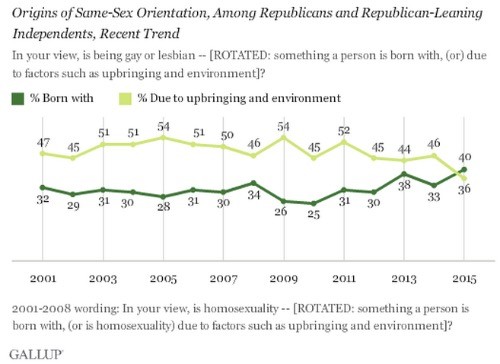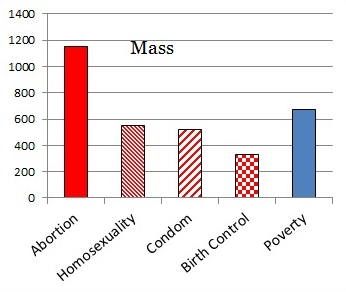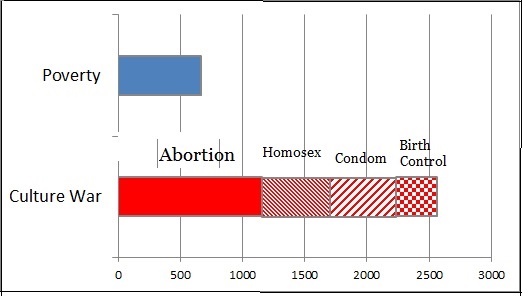Monday marked the 50th anniversary of the intervention of the birth control pill. There is no doubt that the pill has had a huge influence on sexual attitudes, sexual activity, and how much control women had over their own fertility. The pill, although it may not be the right choice for everyone, should be celebrated for these reasons. But there is something else to consider here: how did the invention of the pill shape the way that women (and the medical community for that matter) view periods?
When you think of the pill, the first image that comes to mind is that iconic little container of pink and white pills that represents one menstrual “cycle.”
In Malcolm Gladwell’s fantastic article, John Rock’s Error, Gladwell explains how the invention of the pill was heavily influenced by the Catholic Church. One of the creators of the pill, a devout Catholic, wanted it to be viewed as “natural” since it used chemicals that naturally occur in the body to prevent pregnancy. It was necessary, then, for women to continue to have their period regularly to show that the pill did not interfere with a woman’s menstrual rhythm.
But, speaking from an evolutionary standpoint, there is nothing natural about having a menstrual period every month because it is not natural to limit fertility. Our female ancestors spent a good portion of their reproductive years pregnant and not having a period. And, in fact, having a period every month can be dangerous. Every time a woman has a period, tissue lining sheds and new cells must grow to replace it. And every time there is cell regrowth there is a new chance for mutations to occur. This leads to an increased risk of cancer and cysts.
It may be healthier (and more natural), then, for women to suppress menstruation (the way pregnancy used to). But because the idea of a natural rhythm is now synonymous with monthly periods, introducing pills with alternative cycles has proven difficult. Pills that allow for four periods a year (like Seasonale, Seasonique, and Yaz) have come on the market. But instead of discussing the medical benefits of fewer periods, they are marketed in a woman-on-the-go sort of way, as a way for women to “take back” their lives by avoiding an inconvenience.
Marketing the pill in this fashion has created push back by women who think this method this pill is all about suppressing “natural” womanhood, but it is a falsely constructed version of womanhood to begin with.
Sources: NY Times, LA Times, Planned Parenthood, WebMD, No Period, and Annals of Medicine. Originally posted in 2010.
Lauren McGuire interned for Sociological Images in 2010. See more posts from Lauren on social psychology and policing by race and the evolution of Cosmopolitan magazine.


